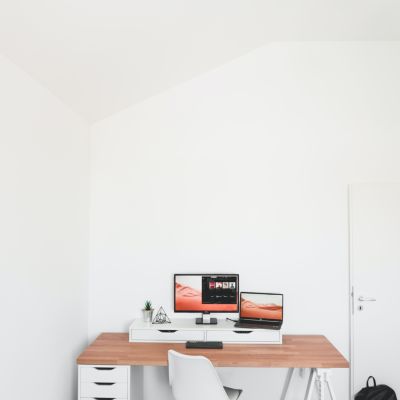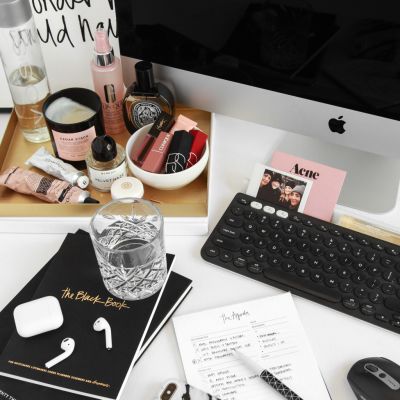Work from home space - must-have or nice to have in a prospective property?
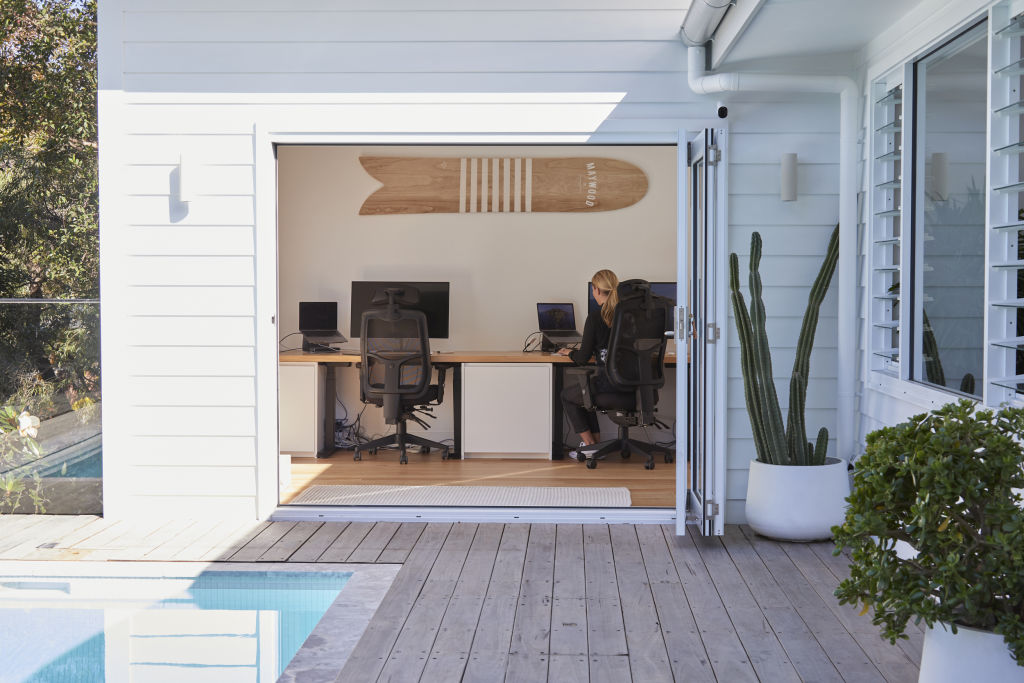
It’s a dastardly dilemma: one house is close to a rail station, bus service, a freeway, shops and cafes – and the other has a spare room that would make the most fabulous working-from-home (WFH) office. Which should you choose?
Buyers’ agent Chris Curtis wouldn’t hesitate. “Unless you’re someone who’s been working from home for years, and it really works for you, that space, to most people, is nice to have, but not essential,” says Curtis, of agency Curtis Associates. “There are other things that should be a much higher priority.
“For the majority of buyers, it’s worth paying a premium for a property closer to the CBD or public transport far more than it is for a home office. We believe residential buyers should not, in general, put too much weight on study space. Fully remote working has now given way to hybrid WFH two or three days a week but even that model is now broadly under pressure.”
Many corporates are currently encouraging employees to return to the workplace and even tech company Zoom – a major beneficiary of WFH – has called its workers in London back to the office.
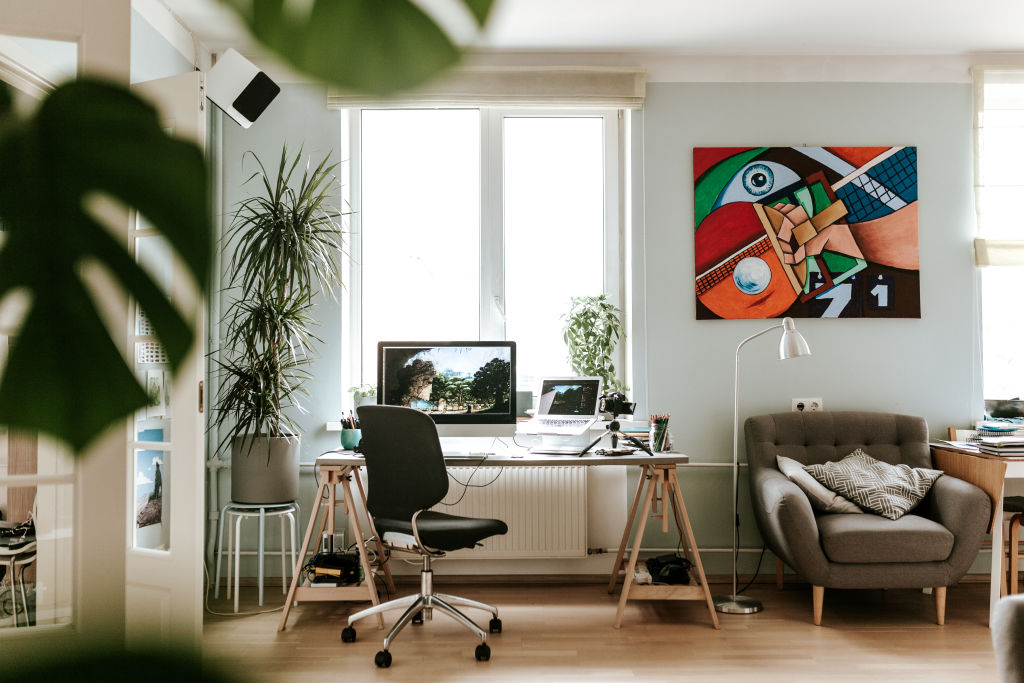
But with the return to the office, Sydney’s CBD is buzzing, says Curtis, and some firms are telling their staff that those working more often from their premises will be given the best offices and views as added carrots to woo them back. As a result, interest in big spaces for working at home is diminishing.
“I don’t think these days that people need bedroom-sized rooms as they all felt they did during the pandemic,” agreed valuer Belinda Botzolis, director of Add Valuer. “All you need now is a space that might be unusable for anything else.
“In my own home, for instance, I converted a laundry into a study, and put the laundry into a powder room. It was more valuable for me to have a space to work in with a window and natural light than for me to work staring at a wall with no ventilation.”
The value a home office can add to a property is debatable too. If it’s being sold in a market where people need to WFH, then it will be worth more than it might be in others, Botzolis says. But that can be hard to judge. You’d think it would have more value in the eastern suburbs and the inner west, but then in tradie areas, many have home offices for their admin.
Yet for some buyers, it can be almost a prerequisite of a sale, according to Nick Boyd, Belle Property’s head of growth. For others, it’s merely an added attraction.
Either way, however, it can appeal to a larger pool of purchasers who’ll all be competing and driving the price up. “But it’s not necessary to be a spare bedroom,” says Boyd.
“I’ve just created an office in my house by moving a wall and it’s made a home office out of what is almost a corridor. It’s all about functionality. If it has the right wiring and good lighting, it can work well, and there’ll definitely be a demand for it.”
Working space at home isn’t a new concept, points out Archicentre Australia director Peter Georgiev. Formerly, it was usually for the children working on the kitchen bench or dining room table. “But now it’s their parents, and they often need to work in different parts of the house so they don’t disturb each other,” he says.
As a result, architects are often now designing homes to include good working spaces from the start. At Woods Bagot, principal Jason Fraser says WFH design is not just about the actual apartment, but also what the development as a whole offers.

One he’s been involved with, AURA by Aqualand in North Sydney, for example, has studies or study nooks in apartments, as well as a communal area on level nine where people can also work. And to avoid the loneliness that can strike when people WFH, there’s a gym, restaurant, end-of-trip facilities, cafe, restaurant, and a rooftop space.
“Most people now have laptops, so they work from bed, work from the dining room, work from a desk, wherever they feel comfortable and the Wi-Fi is strong,” Fraser says. “So they need flexibility.
“But people do tend to miss the sense of community of an office which is why we always try to create a sense of place with our apartment projects. They want pleasant places to socialise in and have coffee and convenience.”
As for the home offices themselves, new planning controls that mean they need a window has meant a move away from internal spaces and instead towards joinery solutions, like built-in desk units and joinery that can fold away when not in use. “It’s becoming more sophisticated and attractive all the time,” says Fraser, whose company also designed studies in a project at 537 Elizabeth Street, Surry Hills.
Similarly, at Vault Interiors, director Justine Wilson believes that interesting, quality studies do bring value to people’s homes. She recommends people look for dead spaces like wide hallways and unused areas of bedrooms which could fit a built-in desk as an extension of the wardrobe joinery.
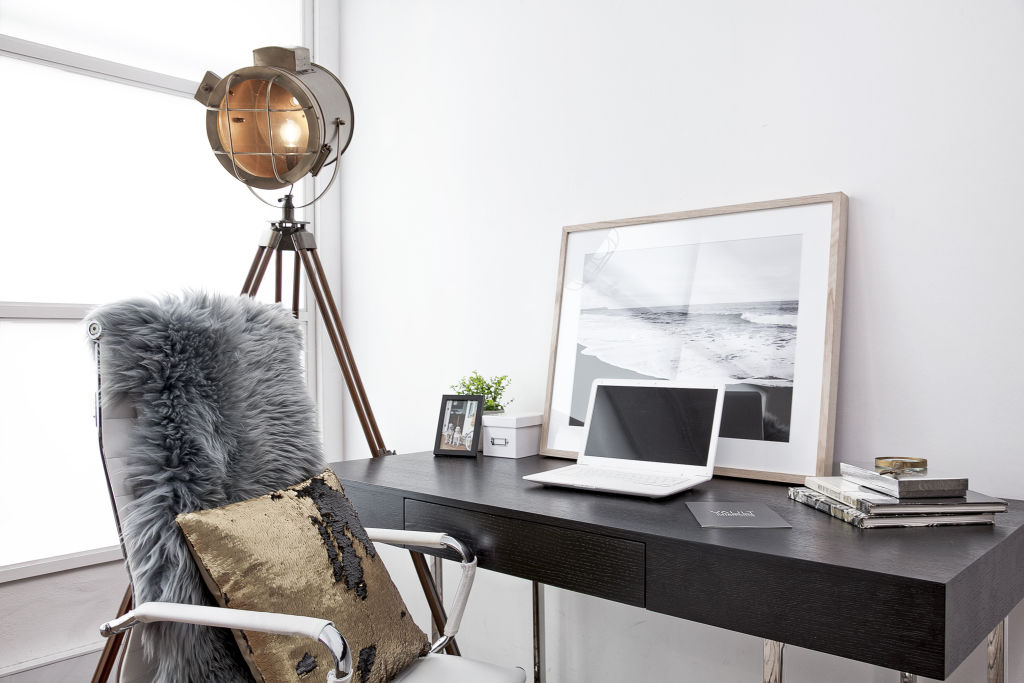
“They can also rethink dual-purpose zones,” she says. “A sunroom could become an office and sitting area, a guest bedroom could have a smaller bed or fold-out sofa bed and a desk and chair. If there’s a secondary living space, you could have a study area in the more casual living area.”
Attic space … spare room over a garage … a console table in a narrow area instead of a traditional desk … wall space used for floating shelves and pin boards … the possibilities, according to Wilson, are endless. The must-haves, however, are good lighting and quiet – although good noise-cancelling headphones are always handy.
Head of interior design at Coco Republic Diana Ribarevski also believes it’s critically important that any home office be an extension of the actual home itself, so it weaves in beautifully with the style that’s already there.
“That means spending money on beautiful desks and table lamps so they become part of the overall look, although everything also has to be functional,” she says. “Hybrid working has become the new norm now and people are still quite keen, if there’s the opportunity for a home office.”
We recommend
We thought you might like
States
Capital Cities
Capital Cities - Rentals
Popular Areas
Allhomes
More
